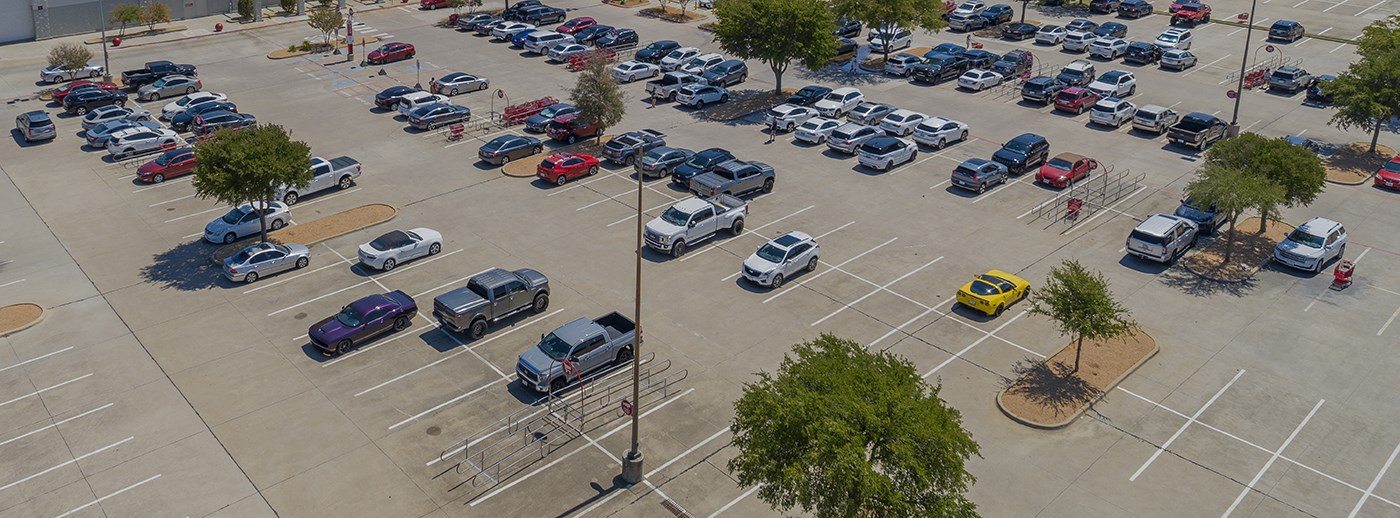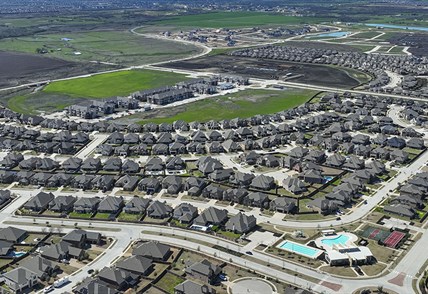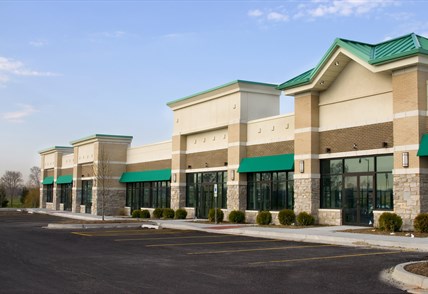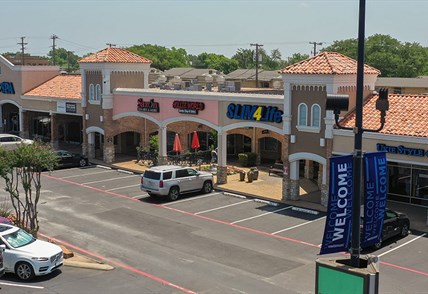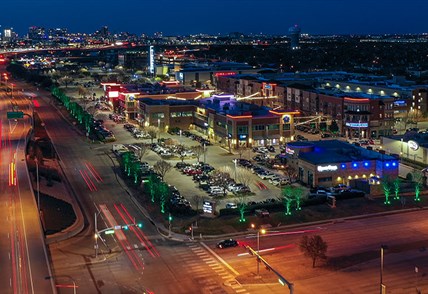By Herb Weitzman, Executive Chairman, Weitzman
Years ago, I worked with a team intent on revitalizing aging but architecturally interesting small buildings along historic Camp Bowie Boulevard in Fort Worth.
These buildings were 1920s- or 1930s-era retail structures suitable for one or two tenants. One of the buildings was renovated for a men’s clothing store that specialized in New Wave fashions, I recall.
Another was a charming, abandoned gas station we deemed ideal for restaurant use. It faced directly on Camp Bowie, had the visibility and access a restaurant would need, and its historic architecture meant it had all the ingredients to be a great destination.
Everything was spelled out for the building to be rescued, redeveloped, and turned into a fun dining destination except for one thing—parking.
The building was on a small plot of land, ideally sized for back when two or three cars were waiting to be gassed up or serviced. However, the city’s parking requirements meant the restaurant would have to have one parking space per 100 feet. For a 1,000-square-foot building, that meant at least ten parking spaces, a feat that could only be accomplished if we acquired adjacent land. (Dallas currently has the same requirement.)
The built-out nature of Camp Bowie meant this was not possible. So, the restaurant was out. The building was renovated, but it was turned into a small floral shop, a category that had a more lax parking requirement.
I’m relaying this bit of history because the City of Dallas is now considering abolishing the code that mandates parking requirements for retail, office, multifamily, and other uses. In January, a committee of the City Plan Commission voted overwhelmingly to recommend abolishing the parking minimums.
Dallas is not alone in this. Last year, the City of Austin approved the elimination of parking requirements for almost all property types. Based on this, Weitzman expects that Austin—the tightest retail market for space in Texas—will likely see a burst of new restaurants and small retail development in dense areas.
Under the terms of the ordinance, Austin is now the largest city in the country to eliminate minimum parking for retail, residential, office, and most other property types. The lack of minimum parking, designed to combat affordability and climate issues, promises to be one of the most significant new drivers in restaurant and other retail development in decades.
Stand-alone buildings in dense, popular retail corridors like Lamar, Burnet, South Congress, and others will now be able to house restaurants—and other retail. In contrast, before, they could not meet the minimum parking requirements.
Backers of eliminating parking requirements here in Dallas say the change will create a more walkable and affordable city. Areas of high demand and low availability would be able to add new dining and other concepts at sites that would not have been possible under existing guidelines.
As the city prepares to possibly pass the elimination of parking requirements into law, I think back to that historic, renovated gas station. It’s a good thing that we might be closer to a day when properties like that can reach their full potential and not be hampered by a cookie-cutter regulation that doesn’t take into account unique neighborhoods or area parking availability.
This Insight originally ran in D CEO Magazine.
